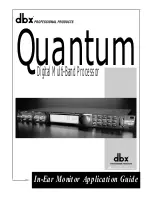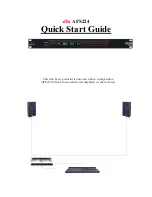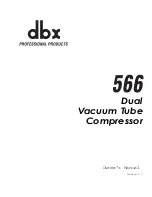
10
Setting Up
RoboColor III
S W I T C H I N G O N
Having connected and addressed all units, you may now start operating these
from the lighting controller. The RoboColor III controller does not have a power
switch, hence the unit is switched ON when mains power is applied.
N O T E :
After switching on, the RoboColor III controller defaults to auto-
detection mode in order to determine whether a Martin RS-485 or DMX 512
controller is connected. To ensure correct protocol auto-detection, switch the
lighting controller on before switching on the RoboColor III controller.
If you are using a Martin controller then please refer to the controller’s manual for
further instructions. If you are using a DMX 512 controller then please refer to the
DMX 512 protocol listed in appendix A. All remotely controllable functions are
briefly described starting on page 11.
M A S T E R / S L A V E O P E R A T I O N
Master/slave stand-alone operation means that you can have one RoboColor III
system (master system) acting as a controller when set to stand-alone mode.
Additional systems (slave systems), which all need to have DIP-switch setting 1
(i.e. switch 1 = ON), can then be connected as if the master system were a normal
lighting controller. All RoboColor III system will then perform the same
programs fully synchronized. To ensure error free communication between the
master and the slave systems you will have to insert a female XLR termination
plug (120
Ω
) in the free input socket of the master system and a male XLR
termination plug (120
Ω
) in the free output socket of the last slave system on the
data link.
See page 20 for stand-alone DIP-switch settings.
Important!
Set one, and only one, RoboColor III system to stand-alone mode,
otherwise damage may occur to the units.
F O C U S
When the heads are in their final positions and powered on, you can adjust the
focus objective to achieve a sharp beam.










































